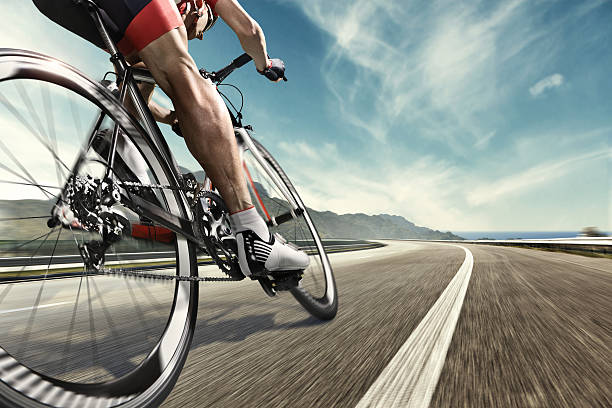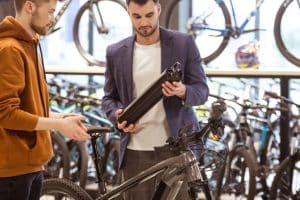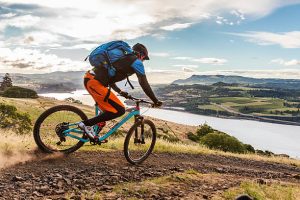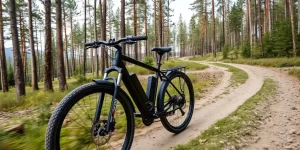The Ins and Outs of E-bikes with Torque Sensors
E-bikes have exploded in popularity in recent years, offering cyclists an extra boost to make riding easier and expand how far they can go.
A key piece of technology that sets some e-bikes apart is the torque sensor. This component measures pedaling force and adjusts motor output accordingly for a more natural and intuitive riding experience.
What is a Torque Sensor?
A torque sensor on an e-bike uses a precision strain gauge to measure the pedaling force applied by the rider in real-time, sampling up to 1000 times per second
As you press down on the pedals, the amount of force is detected by the sensor. This data is sent to the motor controller, which then determines how much assistance to provide. The harder you pedal, the more power the motor will add, up to its maximum output.
When your pedaling force decreases, such as coasting downhill, the assistance provided by the motor also automatically decreases
This creates a very responsive and dynamic ride feel where the power seems to be an extension of your own strength.
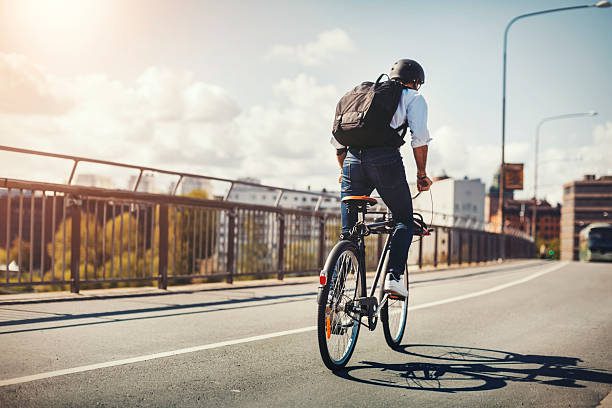
WHAT ARE THE Benefits of Torque Sensor E-bikes?
Riding an e-bike with a torque sensor offers some key advantages over basic cadence sensor models:
- More Natural Feel: The instant adjustment of power based on your pedaling force makes the motor assist feel intuitive and natural, like riding a normal bike. There is no sudden surge of power between assistance levels.
- Greater Efficiency: Because torque sensors only provide what power is needed at any moment, they conserve battery and maximize range compared to cadence sensors. Less energy is wasted when not pedaling hard.
- Enhanced Control: The dynamic power response allows you to better regulate speed with subtle pedaling force changes instead of relying on preset assist levels. This gives a greater sense of control.
- Better Handling: Torque sensors improve the overall handling and stability of e-bikes by smoothing out the power delivery. This makes the bikes feel more planted and balanced
WHAT IS THE DIFFERENCE BETWEEN Cadence Sensors AND Torque Sensors?
The other main type of pedal assist system is the basic cadence sensor. These use a simple magnetic sensor to detect when the crank arm is moving.
If the crank moves, the motor turns on to provide power.
Cadence sensors deliver consistent power whenever pedaling is detected, regardless of whether high force is used. They are simpler and more affordable, but the on/off nature of the assistance can feel unnatural
Torque sensors take e-bike technology to the next level with their precision force measurement and intelligent power output adjustment. The advanced sensing and processing lead to a premium riding experience.

WHAT ARE THE Limitations OF THE TORQUE SENSOR?
While torque sensors have many benefits, there are some limitations to consider as well:
- Higher Cost: The complex strain gauge and programming makes torque sensors more expensive than basic cadence sensors. However, prices are dropping over time.
- Pedaling Required: Torque sensors still require rider pedaling force input to activate the motor. A throttle can supplement this to provide full power without pedaling when desired.
- Maintenance: Torque sensor systems have more parts and electronics that may require occasional maintenance compared to simple cadence sensors. Proper installation helps minimize issues
HOW DO I CHOOSE THE RIGHT TORQUE SENSING ELECTRIC BIKE?
When selecting your electric bike, think about your needs and riding style. Casual and commuter riders may appreciate the simplicity and affordability of cadence sensor models. Avid cyclists and those riding on hilly terrain will benefit most from the natural feel and control of torque-sensing pedal assist.
Many premium electric bikes now incorporate both sensor types to provide the best of both worlds.
The cadence sensor ensures smooth starts while the torque measurement handles dynamic power adjustments.
Test riding different e-bikes can help give a better sense of which pedal assist system performs best for you. Along with sensors, compare motors, batteries, frames, and components to find the optimal e-bike for your adventures!
WHAT ARE SOME Torque Sensor Maintenance Tips?
While torque-sensing pedal assist systems are designed to be durable and low maintenance, taking care of them properly helps ensure long-lasting performance.
Here are some key maintenance tips:
Inspect Components: Periodically check that sensor wiring has no frays or damage. Also ensure proper chain tension and drivetrain cleaning.
- Weatherproof: Protect sensitive sensor electronics from water and debris ingress with weatherproof tape, seals, or protective covers if the e-bike lacks its own system.
- Re-Torque Fasteners: Vibration can loosen bolts holding sensors and other components over time. Check and re-torque crucial fasteners to spec.
- Update Software/Firmware: Manufacturers periodically release updated firmware for motor controllers and sensors to refine performance and fix bugs. Keep systems current.
- Clean Sensors: Gently clean any accumulated dirt, debris, or lubricants from sensor faces and magnets with a soft brush and alcohol to maintain operation.
- Calibrate If Needed: Some torque sensors support recalibration if performance drifts. This fine-tunes precision. See manufacturer guidance.
Following basic torque sensor care allows you to reap all the benefits these advanced electric bikes provide for years of riding. Reach out to the e-bike or component company with any persistent issues.
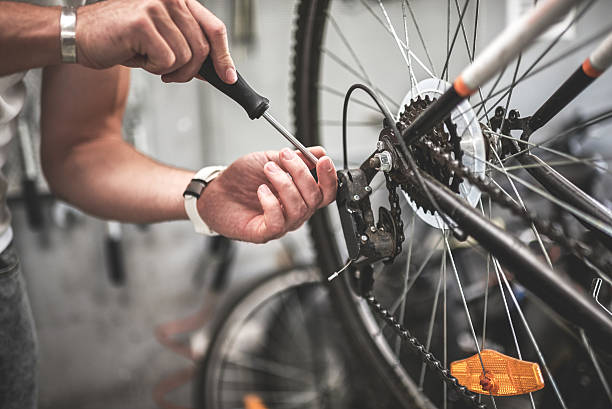
WHAT IS The Future of E-bike Torque Sensors?
As the brains behind natural-feeling pedal assist, torque sensors continue to get more precise, efficient, and reliable through ongoing innovation.
Here are some exciting developments:
- More Integration: Future motors may have torque sensors built right in for simplified packaging and installation.
- Contactless Operation: Magnetic or optical torque detection without strain gauges will improve durability and weather resistance.
- Dual Sensing: Combining torque with cadence and speed data will further refine power delivery and handling.
- AI Optimization: Machine learning algorithms can process sensor data to provide tuned assistance for specific riding styles and conditions.
- Standardization: Common sensor outputs and protocols will allow components from different manufacturers to work together seamlessly.
IN CONCLUSION
E-bike technology keeps accelerating, with torque sensors leading the way toward ever-more organic and optimized motor assistance.
As adoption grows, expect continual enhancements in sensing and electric powertrains to enhance sustainability, accessibility, safety and just plain fun!


